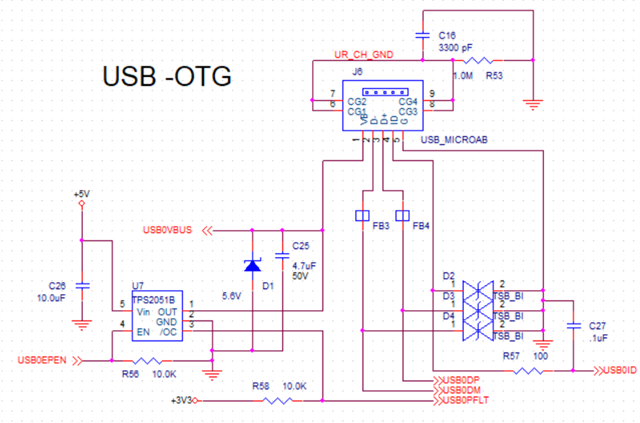Hi,
I am utilizing the TM4C129XNCZAD microcontroller, employing the OTG port in my design. Strangely, upon connecting the microcontroller to the computer, it gets damaged. While the port isn't intended for direct connection to a PC, we have another port equipped with an FTDI chip to facilitate connection of the USB device to the computer. However, if the client mistakenly connects the OTG port to the computer, it results in the microcontroller being damaged.
Do you have any insights into why the microcontroller is being damaged in this scenario? Additionally, what measures can be taken to safeguard the microcontroller from such damage?

Thank,
Mohammed

